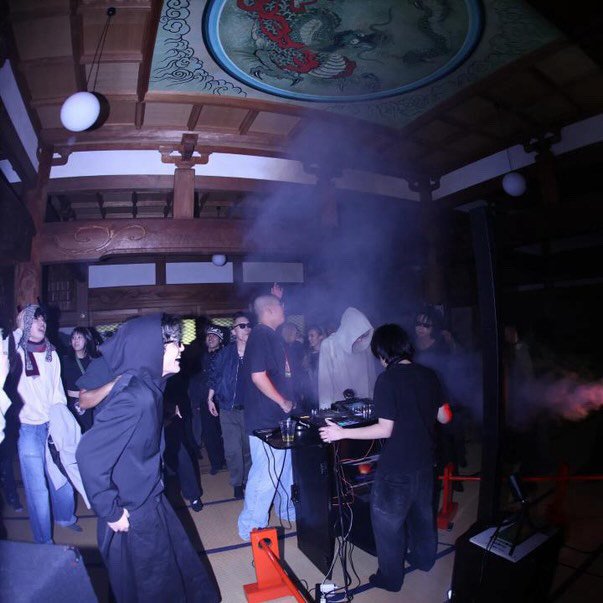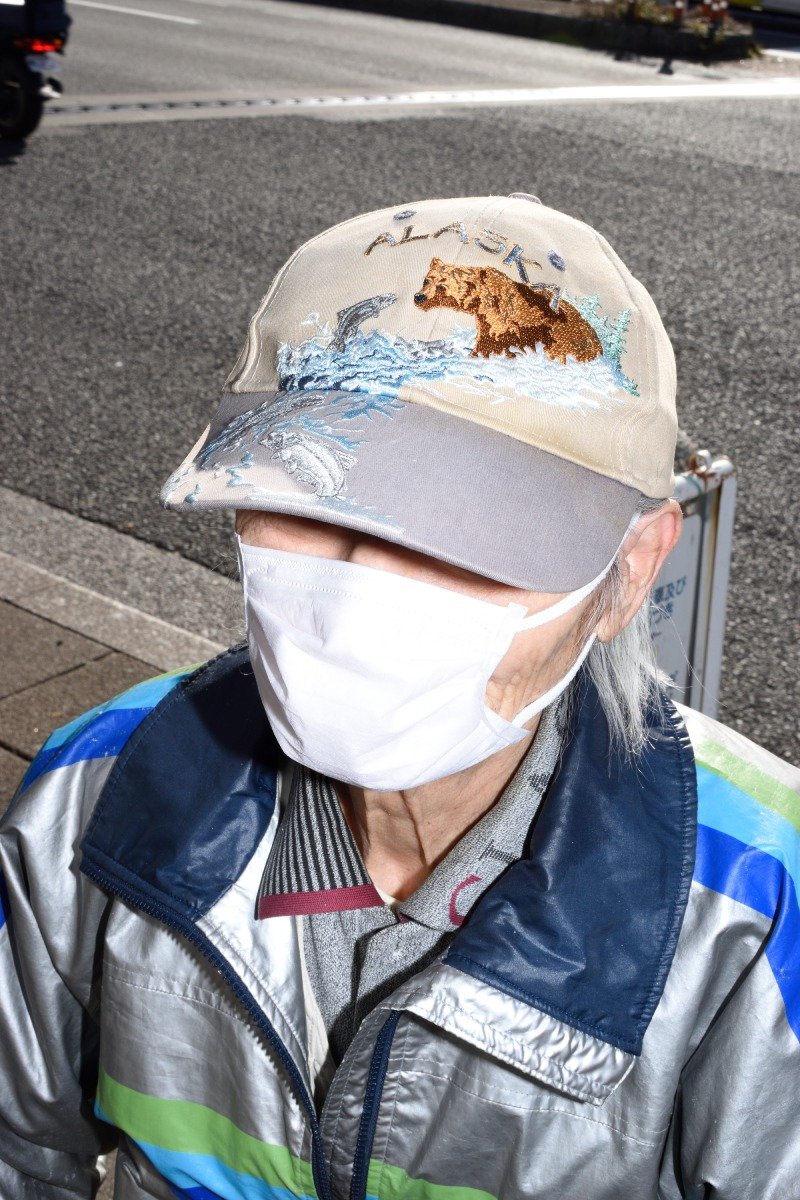Last Orgy - The Collumn that Shaped Japanese Streetwear Culture
Last Orgy was a pivotal column in the history of Japanese streetwear, laying the groundwork for the intersection of street culture and fashion in Japan. It was created by Hiroshi Fujiwara, a Japanese musician and fashion icon, who is widely regarded as the godfather of streetwear. The column was published in the independent street culture magazine Takarajima from 1987 and quickly became a cultural touchstone.
Origins of Last Orgy
The Last Orgy column emerged from Fujiwara’s experiences abroad in the 1980s, where he was heavily influenced by the hip-hop and punk scenes in London and New York. Alongside Kan Takagi, Fujiwara infused the column with a mix of music, fashion, and cultural commentary that was unprecedented in Japan at the time.
They covered the latest in hip-hop, punk, skateboarding, and the most influential American brands like Stüssy, for which Fujiwara became the first Japanese member of the International Tribe. The column served as a bridge between Western and Japanese cultures, promoting a form of cultural hybridization that would become central to the ethos of streetwear.
The name Last Orgy itself came from a song by Fujiwara’s group Tiny Panx, a pioneering Japanese hip-hop band that played a significant role in introducing the genre to Japan. The song Last Orgy, released in 1988 on the Major Force label, combined English and Japanese lyrics, further showcasing the blend of cultures that Fujiwara was passionate about. The success of the song and the column demonstrated the burgeoning interest in street culture and set the stage for future developments in Japanese fashion.
Transition to Television and Broader Impact
The column’s popularity led to its adaptation into a late-night television series, which aired on FM-TV in Japan. The show documented street culture in Harajuku, Tokyo, featuring segments on music, fashion, and other elements of the urban lifestyle. This televised version of Last Orgy allowed Fujiwara’s vision to reach an even broader audience and further cemented his status as a key influencer in Japanese street culture.
Among the many viewers of the show was a young Tomoaki Nagao, later known as NIGO, who would go on to become a central figure in the streetwear scene. NIGO idolized Fujiwara and meticulously recorded every episode of Last Orgy, re-watching them with his friends. This obsession with the show led him to pursue a career in fashion, eventually enrolling at the Bunka Fashion College in Tokyo.
The Birth of Last Orgy 2
Inspired by Fujiwara, NIGO, along with Jun Takahashi, the founder of UNDERCOVER, took over the mantle with their own column titled Last Orgy 2, which ran in Japan’s ‘Magazine for City Boys’: Popeye Magazine. This sequel column built upon the original’s foundation, expanding the conversation around street culture to include new music, fashion, and lifestyle trends. NIGO and Takahashi used Last Orgy 2 to explore and promote their own design work, further establishing their credentials within the fashion industry.
The success of Last Orgy 2 was instrumental in the opening of NOWHERE, a retail store in Harajuku, in 1993. Co-founded by NIGO and Takahashi, and partially funded by Fujiwara, NOWHERE quickly became a landmark in the Tokyo fashion scene. The store was known for selling exclusive streetwear items, including UNDERCOVER and A Bathing Ape(BAPE), NIGO’s brand that would later become iconic in the streetwear world.
Last Orgy 2│scan by archivepdf
Last Orgy 3
By September 1994, the creators of the Last Orgy series, NIGO and Jun Takahashi, teamed up once again with Hiroshi Fujiwara to introduce a new iteration of their influential column, this time titled Last Orgy III. This column appeared in the magazine Asayan, reflecting a new stage in their careers and the streetwear culture they were shaping. At this point, each of them had established significant fashion brands—NIGO with his BAPE label, Takahashi with UNDERCOVER, and Fujiwara with Good Enough.
Last Orgy III pivoted towards a focus on these burgeoning brands, effectively becoming a promotional platform for their own clothing lines as well as their retail venture, NOWHERE, in Harajuku. This column highlighted their latest designs and merchandise, showcasing the evolution of their creative visions and the increasingly commercial nature of streetwear as a business.
Continuing Legacy and Influence
The influence of Last Orgy and Last Orgy 2 continues to resonate in the fashion world today. NIGO and Takahashi’s partnership, which began in the early 1990s, has endured, and they have continued to collaborate on projects that pay homage to their roots. One such project is the Last Orgy 2 capsule collections released by their respective brands, HUMAN MADE and UNDERCOVER, which reimagine styles from the 1990s, reflecting the enduring appeal of the streetwear culture they helped to create.
The legacy of Last Orgy lies not only in its direct contributions to fashion but also in its role as a catalyst for the growth of streetwear as a global phenomenon. The column and its successors exemplified the power of cross-cultural exchange and innovation, inspiring countless designers and creators around the world. By blending Western influences with Japanese sensibilities, Last Orgy helped to define a new aesthetic that continues to shape the fashion industry today.
The Last Orgy columns were the starting point of a movement that brought street culture into the mainstream of Japanese society and beyond. Through these platforms, Hiroshi Fujiwara, NIGO, and Jun Takahashi were able to share their vision and passion for street culture, influencing generations of fashion enthusiasts and creating a lasting impact on the industry. Their work demonstrated the importance of cultural collaboration and innovation, principles that remain at the heart of streetwear today.
Last Orgy 2












How Ura-Harajuku planted the seeds for global streetwear culture.